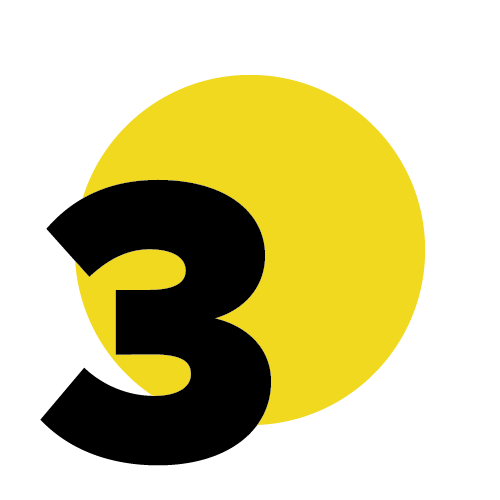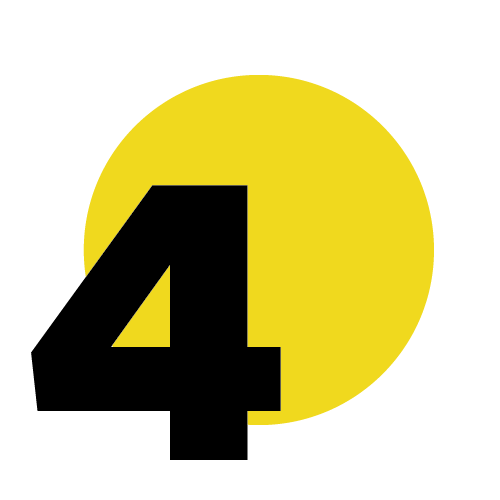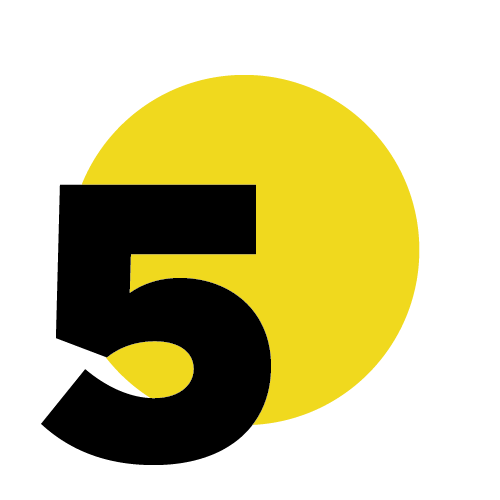In the ever-evolving landscape of professional development, agility in Learning and Development (L&D) is not just beneficial; it's essential. Here are eight actionable tips to infuse Agile L&D, ensuring that learning keeps pace with the dynamic demands of today's work environment.

Co-Create the Learning Experience Together with Learners
Getting learners involved in creating their own learning experience isn’t just empowering; it makes a lot of sense. When learners have a say in shaping their education, they use their own knowledge to enrich the process. This leads to a learning experience where they guide themselves, and they’re more excited about it. Often, these learners already have good knowledge about the subject, which means they can help in planning and sharing their insights with others. It’s really helpful when learners first map out the overall picture of what they’re learning and then choose the specific areas they want to explore more. For example, we saw a group of managers take the lead in deciding which experts to invite for sharing real-life examples that matched what they were learning. Our job in L&D? We just supported them in making it happen. It’s more about learning than about teaching nowadays!
Ask for and respect Constraints from the Learners
Recognising and respecting learners’ constraints, such as time limitations, is crucial. It’s a common misstep to assume participants have ample time for training. For instance, in one program, learners agreed on a maximum of 3 hours per month for their learning activities. Understanding these boundaries helps in creating a program that respects learners’ time while delivering maximum value. Another example of a constraint could be that learners prefer a certain format for learning, for example video or audio format for pre-learning materials. They can then learn while driving, walking or doing chores.


Define Different Levels of Learning
Not everyone needs to master everything to perfection. Establish a ‘Minimum Viable Learning’ (MVL) level for those pressed for time, and then offer additional layers for those who can and want to delve deeper. This approach ensures everyone meets essential learning outcomes while providing opportunities for further engagement without overwhelming anyone. For instance, consider providing in-depth discussions as an optional component. This approach tends to attract genuinely engaged individuals to your virtual roundtables, rather than those who merely pretend to participate while focusing on their own tasks.
Use Agile Sourcing for Trainers and Coaches
When choosing trainers or coaches, consider conducting paid trial sessions with multiple consulting candidates. This approach allows you to see how they align with your company’s culture and needs before committing to a significant contract. It’s a practical, evidence-based strategy for finding the perfect fit for your training needs. As an example, ask three trainers to produce a 1-hour virtual session about the same theme. Have three different cohorts from your organisation participate in these sessions, and gather feedback about the fit for your organisation. This will help you choose partners in a much more evidence based manner, before signing costly contracts with them.


Be Clear on Wanted Learning Impact
Agile L&D is about being goal-oriented. Clearly articulate the objectives at all stages – pre, during, and post-training. Encourage learners to reflect on how they’ll apply their new skills and follow up to assess the impact. Remember, impact can be qualitative too, like observing behavioural changes post-training. L&D people should actually follow up with a sample of participants at certain time intervals. For instance, by interviewing a selection of individuals who attended a collaborative training session, we could aim for a goal such as having 85% of the participants report a positive change in their behaviour during weekly meetings with colleagues and team members. We can get this input 2,6 and 12 months from finishing the training.
Embrace Agile Values in Trainings
Agile values in training encourages a frank exchange of ideas: it’s absolutely fine to challenge and dissent. Regrettably, some L&D pros and trainers peddle their material as if it’s gospel, insisting on unanimous endorsement. But true agility thrives on bravery, openness, and the clash of divergent—even contradictory—thoughts. Embrace cognitive dissonance as beneficial for the learner. Applaud it when they push back against an idea! Leverage this tension, the gap you’ve spotted between the content and their preconceived notions. Bring it into the light, hash it out, shape it, and honour the debate. It takes guts to stand up and present an alternate perspective. Remember, we’re not in the business of indoctrination. Highlighting dissonance is key because that same variance in thinking is what you’ll encounter in the broader organisation anyways.


Implement Learning Sprints with Clear Goals
Break down learning into smaller, focused sprints, each with a specific goal. This strategy helps maintain focus and engagement. Remember to connect the dots between sprints and culminate with sessions that aggregate learning, motivating learners to apply their new skills as they are finishing the learning. We at Agile HR Community have used neuroscience based learning design and learning sprints since day 1 for teaching Agile for HR professionals. We build on Attention, Generation, Emotion and Spacing of the learning. This has been a key driver for sustainable, social and deep learning over virtual means and our Certified Practitioners didn’t just learn Agile, they also learnt how to learn in a modern setting!
Conduct Post-Learning Retrospectives
Organise follow-up sessions months after the training to discuss real-life applications of the learning. These retrospectives often reveal the true impact of the training and can be more insightful than the training itself for the participants.

In conclusion, in our fast-paced, complex world, learning is not just a key to success; it’s a necessity. As our environments and required skills continuously evolve, so must our approach to L&D. We have to relearn how to learn.
By adopting these Agile L&D strategies, we ensure that our learning initiatives are as dynamic and adaptable as the world around us. Let’s embrace these changes, making learning not just an activity but an exciting, ongoing journey of growth and development.
Have thoughts or insights to share about these strategies? We’d love to hear from you. Whether it’s discussing these points further or sharing your own experiences and suggestions, your input is invaluable. Contact us to keep the conversation going and to explore these ideas together.
Don’t forget to follow us on linkedin and keep up to date with our latest blogs & content!

